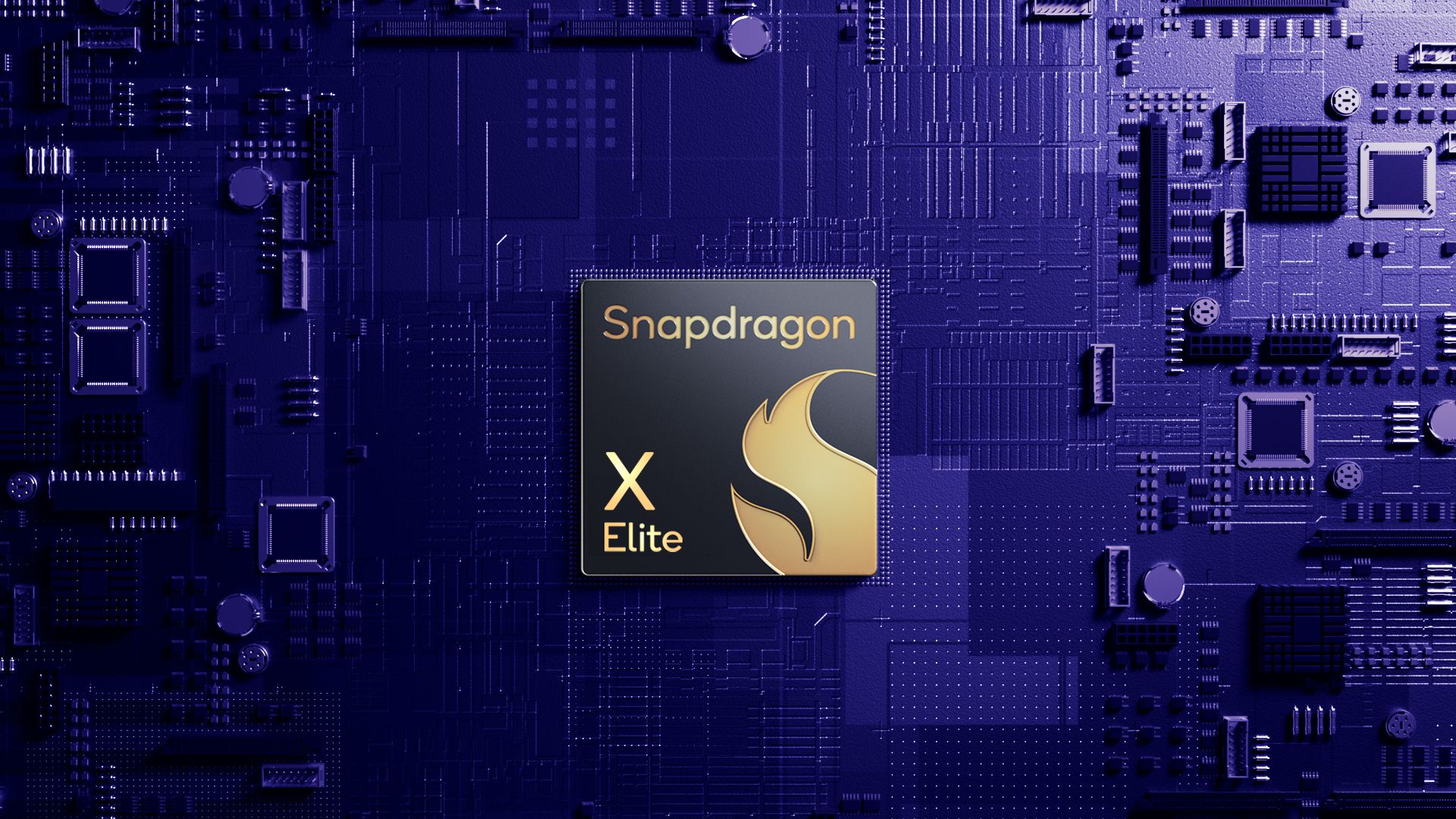Qualcomm unveiled its latest premium smartphone platform at the annual Snapdragon Summit: Snapdragon 8 Gen 3. It will power upcoming flagship smartphones from Xiaomi, Honor and Co. With the successor to the Snapdragon 8 Gen 2, Qualcomm is relying on AI features more than ever.
With Snapdragon 8 Gen 3, Qualcomm is replacing Snapdragon 8 Gen 2 from November 2022. It is the new flagship in the manufacturer’s mobile portfolio. The new computing platform called Snapdragon X Elite was also presented as part of the in-house summit. Unlike the X Elite, the Snapdragon 8 is for Gen 3 Use on high-end smartphones Intended.
The first announcements for the Chinese market are expected in the next few weeks, such as Xiaomi’s 14 Pro. Smartphones with the new chip won’t be launched in Europe until 2024 Qualcomm has named Asus, Honor, Nio, OnePlus, Redmi, Sony, Vivo, Xiaomi and ZTE as partners
In the press release, the US company surprisingly doesn’t mention any performance improvements, but only discusses the platform’s strong AI focus. Nevertheless, the technical aspects of system-on-chip (SoC) have changed a lot compared to previous models.
More performance cores and higher clock speeds
The new Kryo CPU is based on the current ARM v9.2 architecture and offers a modified cluster layout: 1+5+2 instead of 1+4+3. In addition to the prime core called Cortex-X4, which reaches up to 3.3 GHz, there are now five Cortex-A720 performance cores. Three of them are clocked up to 3.3 GHz, the other two max out at 3.0 GHz. The remaining two Cortex-A520 cores in the performance cluster operate at a maximum of 2.3 GHz.
In addition to general performance benefits All clocks on the new core are higher than the Snapdragon 8 Gen 2. According to the manufacturer, the CPU is 30 percent faster and 20 percent more efficient Compared to its predecessor. Generational differences are smaller than before, but given Renewal of four-nanometer manufacturing Enough from 2021 Snapdragon 8 Gen 1 was already made in a four-nanometer process, but at Samsung. Like its predecessor, the new model rolls off the production line at TSMC, likely using the N4P process.
Frame interpolation for gaming
Compared to the Adreno GPU in Snapdragon 8 Gen 2, the new one is supposed to be there The graphics unit is 25 percent more powerful and efficient to remain Qualcomm advertises support for a variable refresh rate (VRR) between 1 and 240 Hz. A Hertz can benefit from managing an always-on lock screen with a corresponding panel; 240 Hz is only possible on externally connected Full HD displays. Alternatively, the chip allows image output of up to 8K resolution at 30 Hz (previously a maximum of 4K at 60 Hz). The highest resolution and refresh rate of integrated displays is still 4K 60 Hz or QHD+ 144 Hz.

This is also new Adreno Frame Motion Engine 2.0, which can increase frame rates in gaming using interpolation. At 120 FPS natively, it should display 240 FPS interpolated – but only on external 240 hertz screens. So it would be more practical to have a corresponding graphics setting for supported games to achieve an artificial 120 FPS when only 60 FPS is rendered locally. However, the GPU again supports hardware-accelerated ray tracing, this time even with global illumination using Unreal Engine 5 Lumens.
Significantly more powerful NPU
Qualcomm is putting artificial intelligence at the forefront of its mobile platforms more than ever before. Hexagon NPU (Neural Processing Unit) should Up to 98 percent faster and 40 percent more efficient Work Among other things, the bandwidth of shared memory between individual NPU units was doubled. The micro-architecture of the NPU and the clock speed of the vector computing unit have also been improved. Extended RAM support LPDDR5X-4800 Also benefits of NPU.
The added sensing hub offers 3.5 times more AI performance and 30 percent more memory, according to Qualcomm. Another innovation in Sensing Hub is the implementation of OpenAI Whisper, a speech recognition system that converts speech to text and vice versa. It is already used by ChatGPT among others and Spotify uses it to automatically translate podcasts


The company also advertises AI features like local image creation/enhancement, personalized AI responses Based on device data (via Sensing Hub) and an object eraser for videos. Multimodal AI models with 10 billion parameters are supported.
The image signal processor, a triple ISP, is virtually identical to its predecessor, but with some differences in detail. HDR support (like Google Ultra HDR) is better, the visual analytics engine is more up-to-date and is a new addition. Night-vision-video 4K/60 with AI noise reduction. The image’s EXIF data or metadata can also indicate whether the images are AI-generated or real.
Even the modem has AI
For mobile communication, Snapdragon 8 Gen 3 uses Qualcomm’s latest snapdragon-x75-modem. Core data is the same as the X70 modem from the previous flagship, but overall space requirements and power consumption are better. Of course, there is also from here Improved AI performance (2.5x) Speech and in addition the new modem provides support for satellite communication. 5G data rates over mmWave are up to 3.5 Gbps uplink and 10 Gbps downlink.
The FastConnect 7800 radio unit has been retained, but now comes with new features Bluetooth 5.4 support WLAN connectivity is also possible using Wi-Fi 7 itself at up to 5.8 Gbit/s.

We will be able to help you soon First benchmark results From a reference smartphone with Snapdragon 8 Gen 3. Qualcomm is also providing some demos of AI features at the Snapdragon Summit. So keep an eye on our social media accounts over the next few days so you don’t miss anything.

formula
- Qualcomm (Basic Information)
For reasons of better readability, masculine, feminine and different language forms (m/f/d) are not used at the same time. All personal names apply equally to all genders.












![Facebook and WhatsApp Video Calls Reach Record Highs on New Year’s Eve 2020 [Infographic]](https://www.socialmediatoday.com/user_media/cache/06/a9/06a9f6e260183445c586bd7f413c0dca.jpg)
